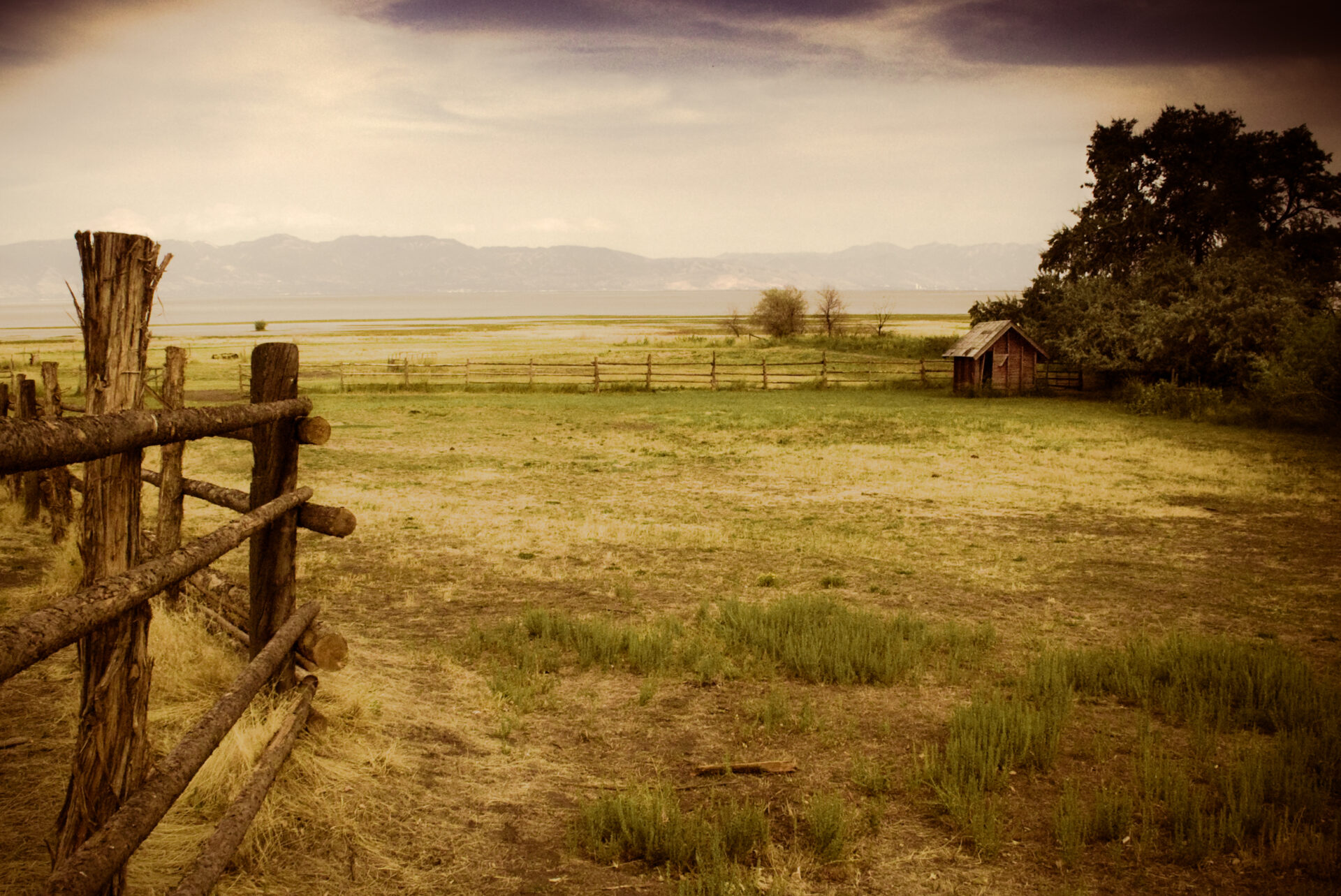
Charles Whittington
Forum Replies Created
-
Charles Whittington
MemberNovember 5, 2020 at 2:58 pm in reply to: Acid Reflux and IPF – should I have an operation to cure acid reflux?If you need surgery, investigate the LINX implant instead of the fundoplication. It looks like a pearl bracelet around the esophagus at the stomach entrance where the pearls are little magnets. When you eat the device pops open and then shuts when the food passes. I had mine in Jan. 21, 2017 at University of South Alabama hospital. It is a one-day surgery and you can have a regular meal as soon as you wake up. (The fundoplication requires a liquid diet for several days.) I had my last Prilosec the morning of surgery. Now I can eat salsa, spicy and Mexican food with no reflux.
Since it is relatively new, insurance can be an issue. Mine was covered because they also repaired a hiatal hernia. The fundoplication requires a redo after some years. The LINX does not.
Downsides– You must learn to chew your food better while getting used to it. (It takes several weeks) I had difficulty with stringy chicken breast and gummy fresh bread. It was difficult to swallow. Now it is months between problems swallowing.
You can not have a MRI greater than 150 tesla because it will damage the magnets.
I have 5 small puncture scars from the surgery of which 4 are hard to find now.
-
I needed O2 at night before I needed it during the day. My breathing was too shallow with my diseased lungs. I had an overnight oximeter which recorded my dropping to 87 during deep sleep. I did not know I had a problem. The doctor was concerned about organ damage.
-
I needed O2 at night before I needed it during the day. My breathing was too shallow with my diseased lungs. I had an overnight oximeter which recorded my dropping to 87 during deep sleep. I did not know I had a problem. The doctor was concerned about organ damage.
-
Charles Whittington
MemberMay 12, 2020 at 10:07 am in reply to: Acute Exacerbations of Idiopathic Pulmonary Fibrosis (IPF)My acute exacerbation occurred in June,2018. My doctor immediately put me in the hospital. I did not respond to the standard steroid and antibiotic treatment. I was offered the experimental Duncan Protocol which stopped the exacerbation. It is now in clinical trial. They gave me 1 month to live before the treatment. I went on O2 full time and the slow progression has returned. O2 is 6 liters with any exertion but I can still do most things.
Thank you for these forums. I enjoy reading them and appreciate the positive attitudes even with the poor prognosis we have!
-
My doctor at UAB Birmingham told me that too much o2 is not a problem. In my case I can maintain low 90’s without o2 (sitting) but my pulse rate is elevated. When I use o2 my pulse drops to the low 90’s. Your body only takes in the o2 that it needs so the excess is just breathed back out. Stressing to obtain o2 also is asking for the onset of pulmonary hypertension and other organ deterioration.
My desire to not use it was just an ego thing. If you wait to feel discomfort to use it, then damage is being done to your system.
-
I had many years of acid reflux / gerd and was on the maximum dose of Prilosec. In January, 2016 I was recommended to have surgery. I discovered a new treatment involving a magnetic reinforcing band around the esophageal sphincter. It is called LINX. Dr. Richards in U South Alabama performed the surgery along with a hiatal hernia repair. I was released the next day on a regular diet and have not had a PPI since. It is an alternate to the Nisan surgery. The only concern is that you cannot have a high strength MRI in the future which would damage the magnets.
I have advanced IPF which I believe is due in part to GERD. -
Charles Whittington
MemberAugust 24, 2018 at 12:46 pm in reply to: Acute Exacerbations of Idiopathic Pulmonary Fibrosis (IPF).I had an acute exasperation this summer but was lucky enough to be at UAB where they did the experimental treatment with the 9 plasma exchanges, 2 rituximab infusions and 4 IVIG infusions. My June scan was highly ground glass and the August scan had most if it cleared up. I am on oxygen but able to cut my grass and do other normal activities. My Pulmonologist said I would have died without the treatment. I also had many people praying for me. This treatment is called the Duncan Protocol and will be offered in 4 sites as a clinical trial this fall (Birmingham, Pittsburgh, Philladelphia, and a school in California). It will be randomized with some patients getting the standard treatment of antibiotics and steroids and the others getting the full treatment. His results are 60 % of the patients showing good indications. This does not cure or reverse IPF. It treats the exasperation as an auto immune problem.
